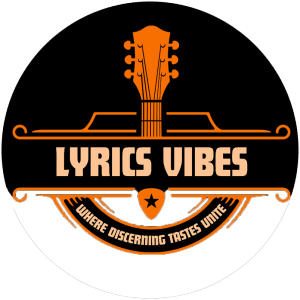Francis Scott Key – “The Star Spangled Banner,”
originally “Defence of Fort McHenry”
by Francis Scott Key (1779–1843)
written Sept. 14–16, 1814
Tune: “Anacreon in Heaven”
The Star Spangled Banner Lyric:
O! say can you see by the dawn’s early light,
What so proudly we hailed at the twilight’s last gleaming,
Whose broad stripes and bright stars through the perilous fight,
O’er the ramparts we watch’d, were so gallantly streaming?
And the rockets’ red glare, the bombs bursting in air,
Gave proof through the night that our flag was still there;
O! say does that star-spangled banner yet wave,
O’er the land of the free, and the home of the brave?
On the shore dimly seen through the mists of the deep,
Where the foe’s haughty host in dread silence reposes,
What is that which the breeze, o’er the towering steep,
As it fitfully blows, half conceals, half discloses?
Now it catches the gleam of the morning’s first beam,
In full glory reflected now shines in the stream,
‘Tis the star-spangled banner, O! long may it wave
O’er the land of the free, and the home of the brave.
And where is that band who so vauntingly swore
That the havoc of war and the battle’s confusion,
A home and a country, shall leave us no more?
Their blood has washed out their foul footsteps’ pollution.
No refuge could save the hireling and slave,
From the terror of flight, or the gloom of the grave,
And the star-spangled banner in triumph doth wave,
O’er the land of the free, and the home of the brave.
O! thus be it ever, when freemen shall stand
Between their lov’d home and the war’s desolation,
Blest with vict’ry and peace, may the Heav’n rescued land
Praise the Power that hath made and preserved us a nation!
Then conquer we must, when our cause it is just,
And this be our motto: “In God is our trust;”
And the star-spangled banner in triumph shall wave
O’er the land of the free, and the home of the brave.
Behind the Lines of the National Anthem
This analysis dives into the original 1814 printing of Francis Scott Key’s song (see image). A few adjustments were made for clarity: a typo fix in verse 2 (changing “e” to “o” for “now”), a hyphen added (verse 2, line 7), and a missing apostrophe for the possessive form (“footsteps” in verse 3).
Let’s break down some interesting details:
- “O” vs. “Oh”: It might seem like a minor detail, but “O” is an exclamation used to directly address someone, distinct from “Oh” which expresses surprise or emotion.
- Triple Threat?: The rhyme scheme “glare, air, there” is unique and a signature of songs written to the tune of “The Anacreontic Song.” This creates a total of nine rhymes for each eight-line stanza, an extra layer of musical complexity.
- Echoes of the Past: Originally, the chorus (the last two lines of each verse) was sung twice – a soloist would lead, followed by the audience. This practice faded in the 20th century as group singing became more common.
- A Question of National Pride: Did you catch the question mark in the first verse? This sets the U.S. anthem apart – it’s the only one that doesn’t start with a declarative statement. Some see it as a symbol, while others interpret it as a call to action for national service.
- “Hireling and Slave”: This phrase might raise eyebrows today. Back then, it likely referred to the British forces – paid mercenaries and subjects of the king, contrasting them with the American volunteer militia who fought for their own freedom. For a deeper dive into this specific phrase and Key’s potential target (British Major General Robert Ross), check out “O Say Can You Hear?” (pages 187-195).




